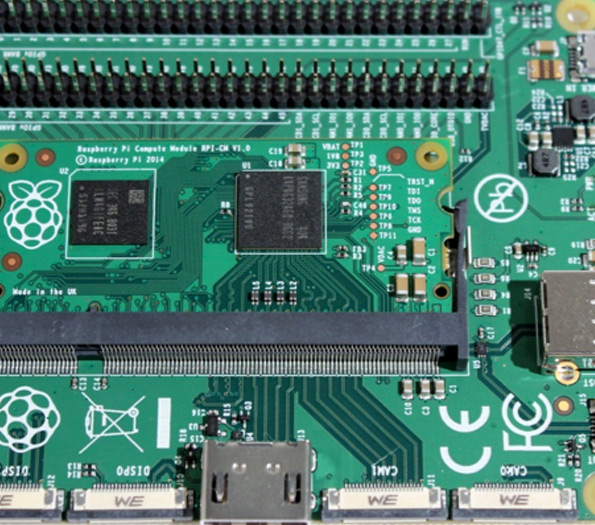

Understanding Solar Control Low-E Glass Benefits and Applications
In recent years, the demand for energy-efficient building materials has surged, and among those, solar control low-emissivity (Low-E) glass stands out as a remarkable innovation. This type of glass not only enhances the aesthetic appeal of buildings but also plays a crucial role in energy conservation. In this article, we will explore what solar control Low-E glass is, its benefits, and its various applications in modern architecture.
What is Solar Control Low-E Glass?
Solar control Low-E glass is a special type of window glass that is coated with a thin layer of metal or metallic oxide. This coating reflects specific wavelengths of solar radiation while allowing visible light to enter. The Low-E in its name denotes its low emissivity, meaning it minimizes the amount of infrared radiation that can pass through the glass. As a result, this glass effectively reduces heat transfer, keeping indoor spaces cooler in the summer and warmer in the winter.
Benefits of Solar Control Low-E Glass
1. Energy Efficiency One of the primary benefits of solar control Low-E glass is its ability to enhance energy efficiency. By reflecting heat away from the building during the hot months and retaining warmth during colder periods, it reduces the reliance on heating and cooling systems. This leads to lower energy consumption and significant cost savings on utility bills.
2. Improved Comfort With its ability to minimize heat gain and loss, solar control Low-E glass contributes to a more comfortable indoor environment. It helps in maintaining a consistent temperature throughout spaces, allowing occupants to enjoy both visual comfort and reduced glare from direct sunlight.
3. UV Protection Solar control Low-E glass blocks a significant portion of harmful ultraviolet (UV) rays from the sun. This is particularly beneficial for protecting furniture, flooring, and artwork from fading, thereby extending the lifespan of indoor decor.
4. Enhanced Aesthetics The design versatility of solar control Low-E glass makes it an attractive choice for architects and builders. It can be manufactured in various styles and tints, allowing for creative architectural solutions that complement any design while providing high thermal performance.

5. Environmental Impact By maximizing energy efficiency, solar control Low-E glass contributes to a reduction in carbon emissions. Buildings that utilize this type of glass can significantly lower their environmental footprint, aligning with global efforts to combat climate change.
Applications of Solar Control Low-E Glass
Solar control Low-E glass is widely used in both residential and commercial buildings
. Some common applications include- Windows One of the most prevalent uses of solar control Low-E glass is in windows. Homeowners and builders install this glass to improve energy efficiency while ensuring plenty of natural light enters living spaces.
- Curtain Walls In commercial buildings, large curtain walls made of solar control Low-E glass are popular. They create stunning architectural facades while optimizing energy performance.
- Skylights Solar control Low-E glass is also used in skylights, providing natural light without the excessive heat gain commonly associated with conventional skylight materials.
- Glass Doors Many sliding and patio doors are now designed with solar control Low-E glass, offering both aesthetic appeal and energy efficiency.
Conclusion
The adoption of solar control Low-E glass is revolutionizing the way we think about building materials in the context of energy efficiency and comfort. By reflecting solar heat while allowing visible light to pass through, this innovative glass offers a unique solution to residential and commercial energy demands. As we continue to seek sustainable building practices, solar control Low-E glass stands out as an essential component in creating energy-efficient, comfortable, and environmentally friendly spaces. Whether in a modern skyscraper or a cozy home, its benefits are poised to shape the future of architecture and construction.